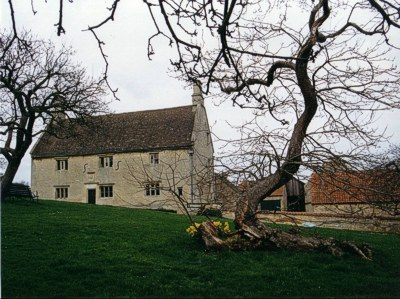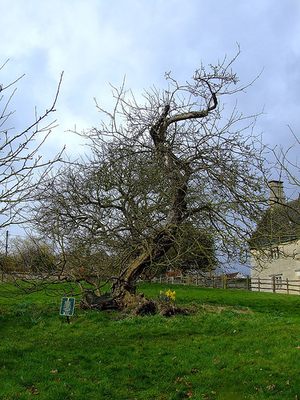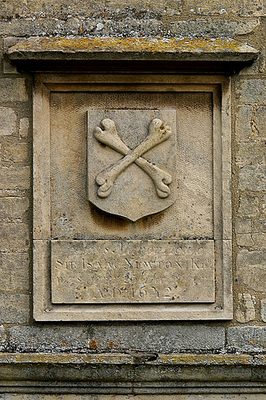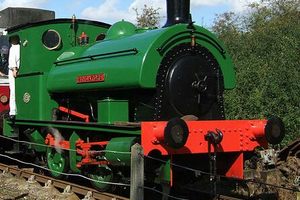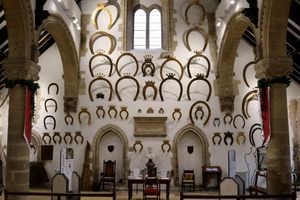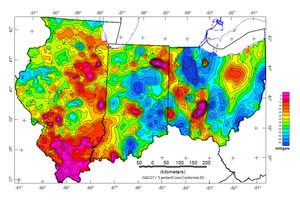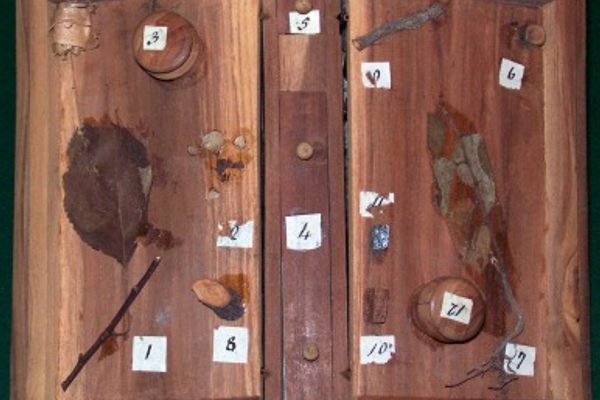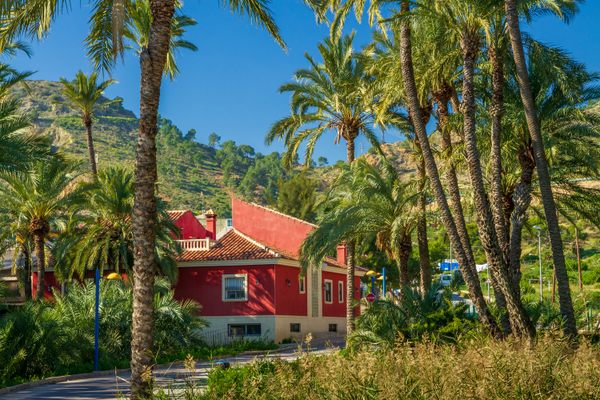About
Situated in the rural English county of Lincolnshire, the Woolsthorpe Manor is a site of profound importance to the history of science. It was at this house and farm that Sir Isaac Newton was born on Christmas day in 1642, only eleven months after the death of Galileo Galilei. The manor also served as the backdrop for the physicist's famous experiments with light, optics, and gravitation.
In 1665, while Newton was at Cambridge University, an outbreak of the bubonic plague swept through London and threatened the rest of the country. As a precautionary measure, Cambridge released its students and faculty. Newton then spent the remainder of the plague years 1665-1667 at Woolsthorpe developing his theories on nature. Some argue that if it weren't for the London outbreak and Cambridge's subsequent dismissal, Newton would never have accomplished the work that made him one of the most influential scientists in history.
At Woolsthorpe, Newton worked on a variety of problems. It was here that he discovered the nature of white light, and that it could be split into its component colors through the use of a prism. Considerable work was also done on his theory of "fluxions," or what is today called calculus. In fact, by a rather extraordinary coincidence, the German mathematician Gottfried Leibniz was developing his own calculus around the same time. While a bitter dispute later arose from Newton's and Leibniz's competing claims to be the first to develop calculus, both men are credited today for its formulation.
Of the work done at Woolsthorpe, however, the most famous was Newton's effort to explain gravity. According to contemporary accounts from the physicist's friends, Newton was first inspired to develop a theory of gravitation upon witnessing an apple fall from a tree in the manor's orchard. There is no evidence, however, that the apple fell on his head. Astonishingly, visitors can see the very same tree today, which continues to produce fruit.
At over 350 years old, the rare 'Flower of Kent' apple tree has had its share of misfortunes. Despite the care given to it by many generations of Woolertons (the family that occupied the house between 1733 and 1947), a storm knocked the tree down in 1816. However, as most of it lay intact, the tree was able to be rescued and is now healthy and stable on its third set of roots. The tree also has many offspring that grow at various sites around the world. Descendants of Newton's tree live in places such as Trinity College at Cambridge, the University of York, and even Tufts University and Babson College in Massachusetts.
The home is currently operated by the National Trust and is open to the public. Period furniture, including some original shelves built by Newton, help recreate English life in the 1600s. Visitors will also have the chance to learn about Newton's childhood and replicate some of the physicist's key discoveries.
Related Tags
Know Before You Go
1 mile west of A1 (not to be confused with Woolsthorpe near Belvoir). Leave A1 at Colsterworth roundabout via B676, at second crossroads turn right, then first left into Water Lane for car park
Published
January 11, 2010
